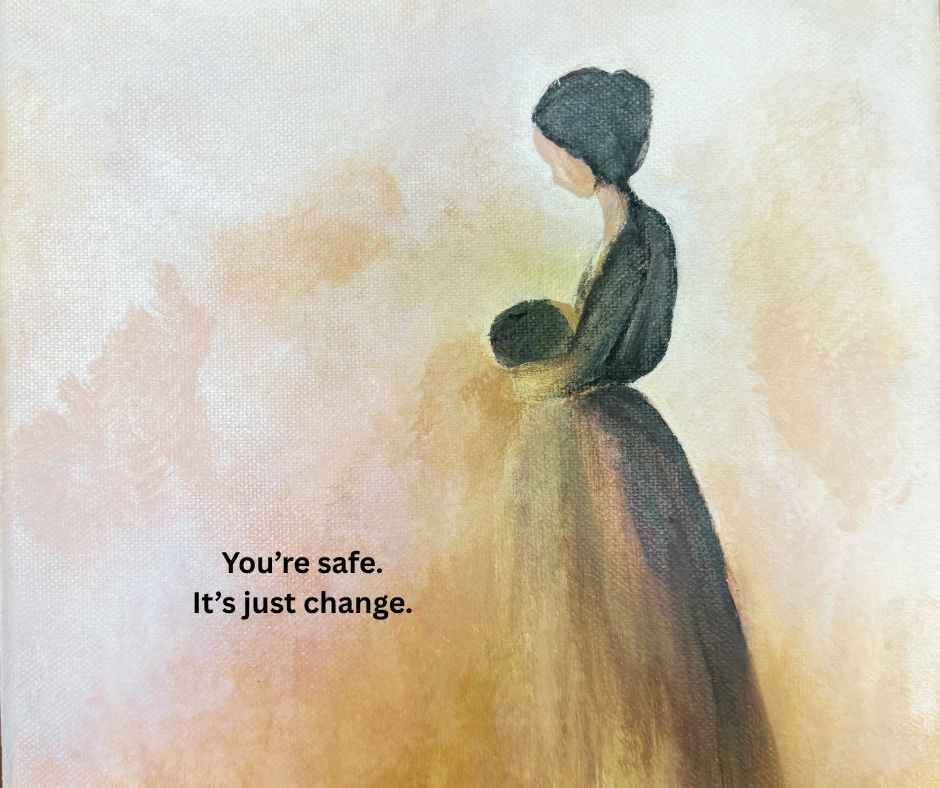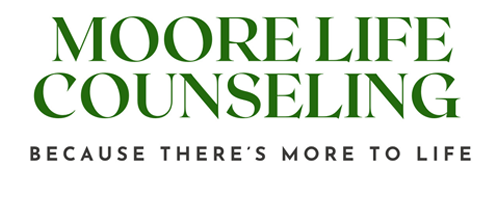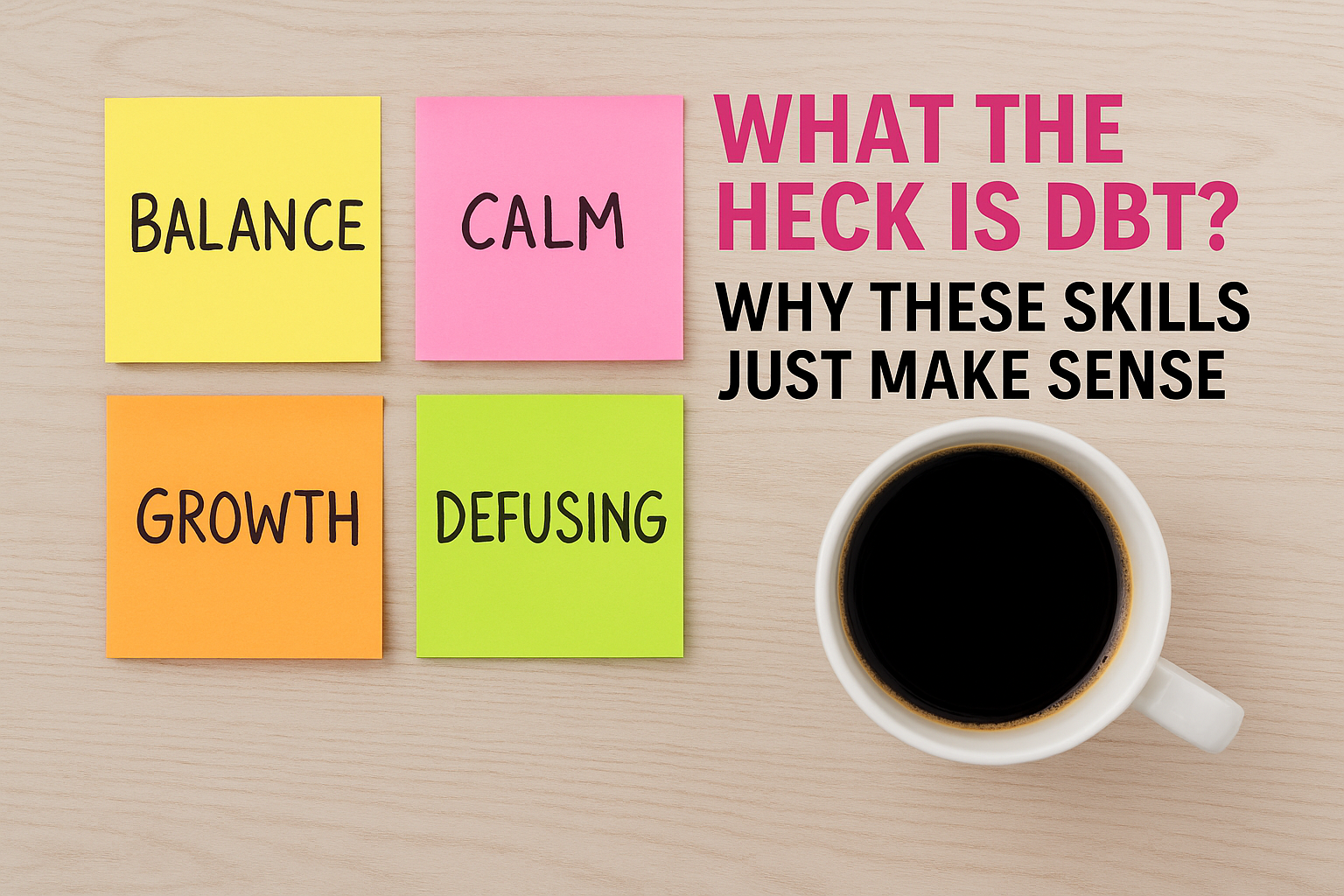Why Do We Need Emotions Anyway?
Understanding the Function of Emotions in DBT
At Moore Life Counseling, our DBT Skills Training Group
recently focused on one of the most important parts of building emotional resilience: understanding what emotions do for us.
Many of us grow up hearing that some emotions are “good” while others are “bad.” In reality, emotions all serve a purpose. By learning to recognize their functions and how they impact our body, we can begin to regulate them in healthier ways.
🌿 What Do Emotions Do for Us?
Emotions are not random—they play a powerful role in our daily lives. They:
- Motivate us to take action
- Help us communicate with others (verbally and nonverbally)
- Organize our body’s responses to situations
We explored this idea by watching Marsha Linehan, the founder of DBT, discuss the function of emotions
🎨 Expanding Our Emotional Vocabulary
We used the emotion wheel to look at six basic emotions that all humans are born with: anger, happiness, surprise, disgust, sadness, and fear.
By exploring the outer rings of the wheel, we practiced naming more nuanced feelings. This helps us understand our emotions with more accuracy—moving beyond just “I’m sad” or “I’m mad” into a fuller awareness of what’s happening inside.
🪟 The Window of Tolerance
Another tool we explored was the Window of Tolerance (WOT), which describes how emotions impact our nervous system and ability to cope.
- Optimal Arousal Zone – where we can think, process, and regulate emotions effectively.
- Hyperarousal – when emotions feel overwhelming (fight or flight). This may look like anxiety, panic, anger, or agitation.
- Helpful skills: deep breathing, slowing down, or a gentle walk.
- Hypoarousal – when emotions feel shut down (freeze or fawn). This may look like numbness, depression, or neglecting self-care.
- Helpful skills: a cold shower, brisk walk, or eating something crunchy or sour to wake up the body.
📺 Learn more: Video on the Window of Tolerance https://youtu.be/TNVlppGz0zM
📝 Blog post: Mind My Peelings – Window of Tolerance https://www.mindmypeelings.com/blog/window-of-tolerance?rq=window%20of%20tolerance
✨ Key Takeaway
Emotions are natural, human, and purposeful. By understanding their role, naming them more precisely, and practicing skills to return to our Window of Tolerance, we can create balance and resilience in our emotional lives.
At Moore Life Counseling, we’re committed to equipping our clients with tools like these to build healthier relationships with themselves and others.
Until next time...
Skillfully,
Cheryl






Share On: